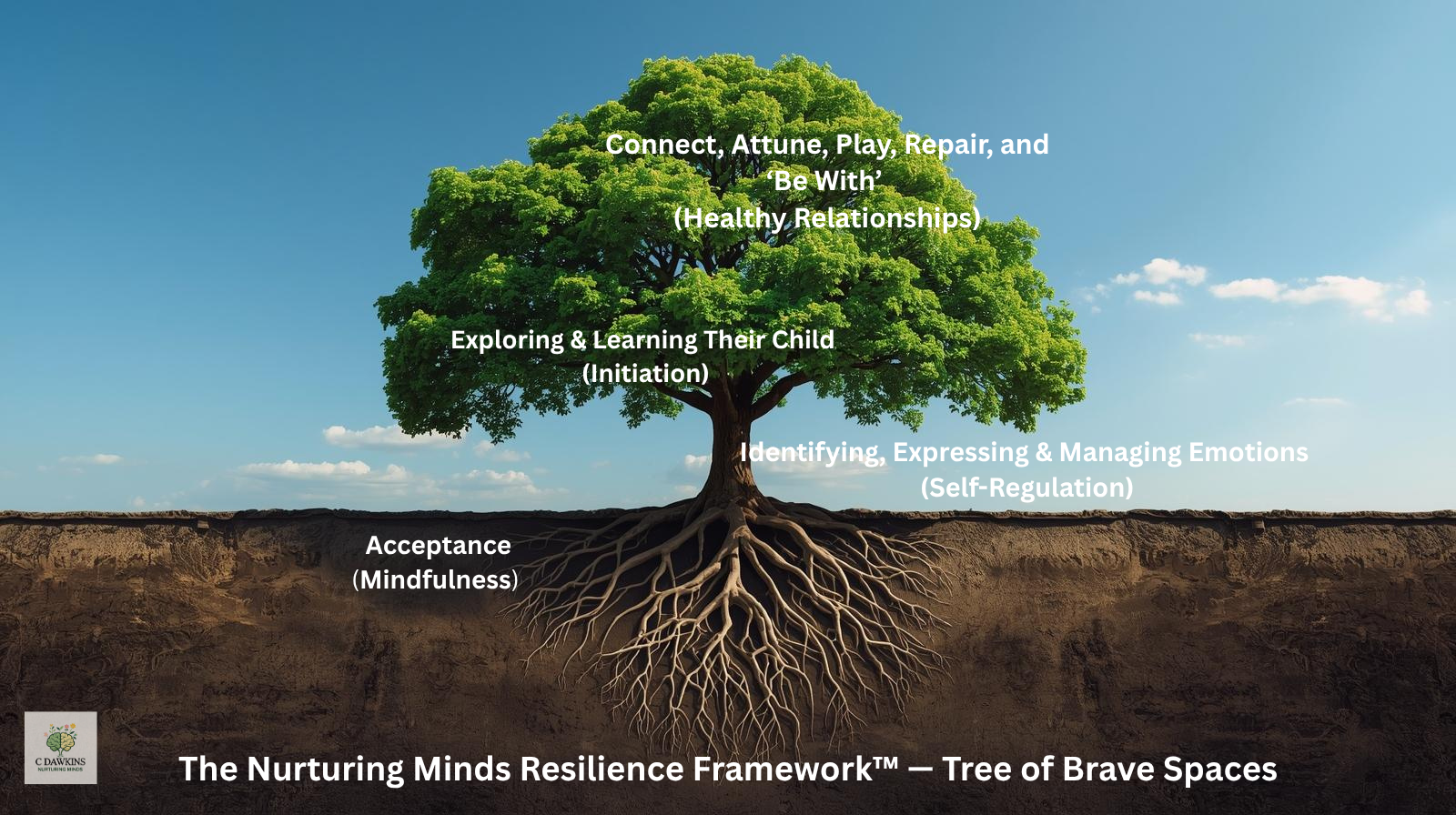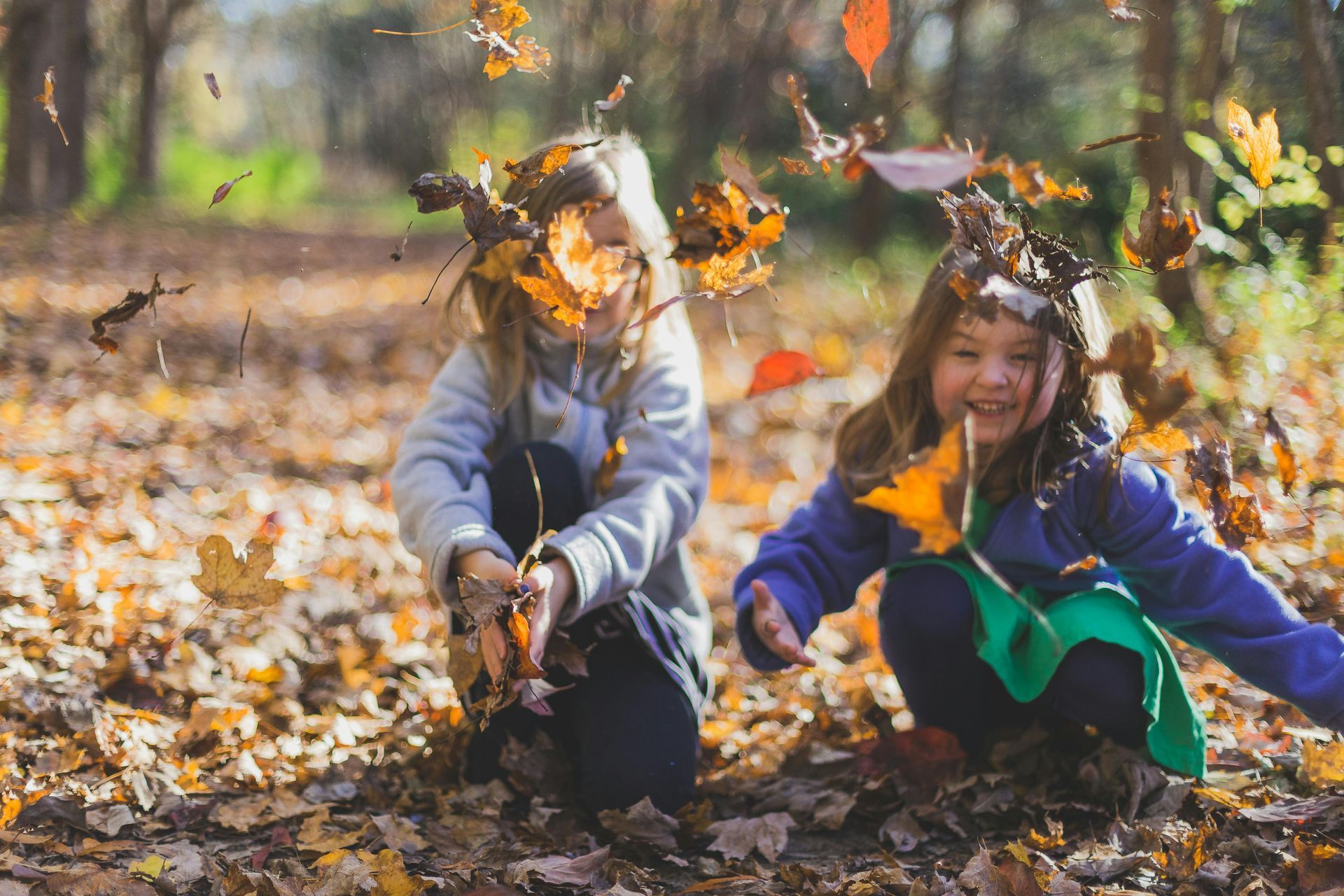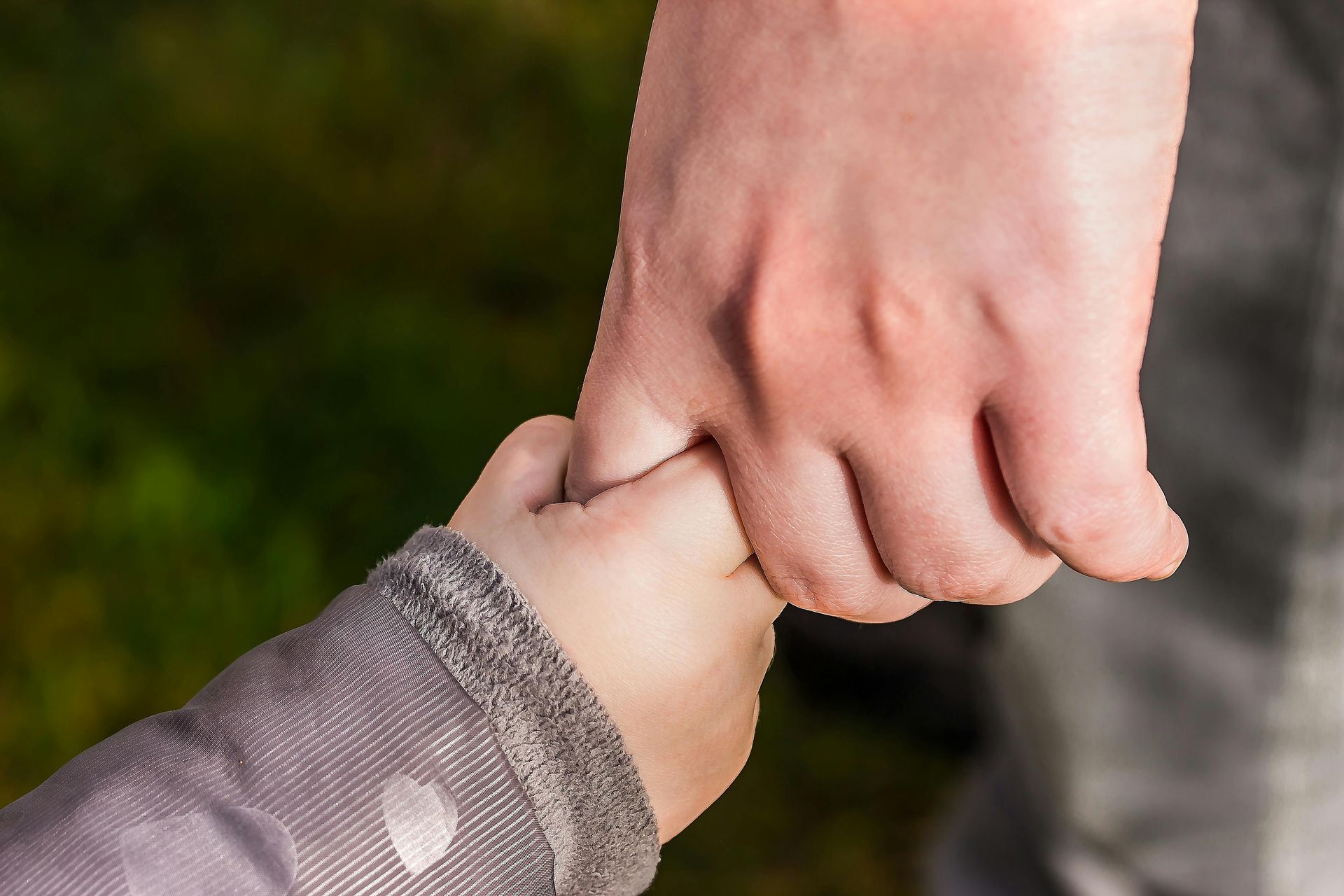Introducing the Nurturing Minds Resilience Framework™: Growing Brave Spaces Together
A holistic approach to nurturing mental health and resilience in children, families, and communities
By C. Dawkins, LCSW | Founder, C Dawkins Nurturing Minds

At C Dawkins Nurturing Minds, we believe that resilience doesn’t just happen — it’s grown. Like a tree, resilience takes root when nurtured by mindful awareness, emotional understanding, and healthy relationships.
The Nurturing Minds Resilience Framework™ uses this tree as a visual metaphor to show how resilience develops from the ground up — within ourselves, our children, and our communities.
🌿 The Roots: Mindfulness (Acceptance)
Every strong tree begins underground. The roots represent mindfulness, the grounding practice of acceptance and presence. When we slow down and meet moments as they are — without judgment — we provide the stability that allows growth to take place.
🍃 The Trunk: Self-Regulation
The trunk connects roots to branches, just as self-regulation connects our inner experiences to our outer actions. Learning to identify, express, and manage emotions gives both children and adults the strength to stay balanced through life’s challenges.
🌸 The Branches: Initiation and Healthy Relationships
From the trunk, growth extends outward. Through initiation, we explore, learn, and act with curiosity and confidence. Through healthy relationships, we connect, attune, play, repair, and “be with” one another — the canopy of support that allows everyone beneath it to thrive.
Together, these elements create brave spaces — homes, classrooms, and communities where people feel safe enough to be authentic and supported enough to grow.
This framework invites parents, educators, and professionals to nurture not only the children in their care but also themselves. When we tend to the roots, the whole system grows stronger.
🌻 Pause & Reflect
Take a moment to pause, breathe, and reflect on your own role in growing resilience:
- Where do you notice strong roots of mindfulness and acceptance in your home, classroom, or community?
- How do you model emotional awareness and self-regulation for the children or adults around you?
- What relationships feel like “branches” of support — and how can you nurture them more intentionally?
Every small, mindful act of connection helps grow the brave spaces where resilience can flourish.




